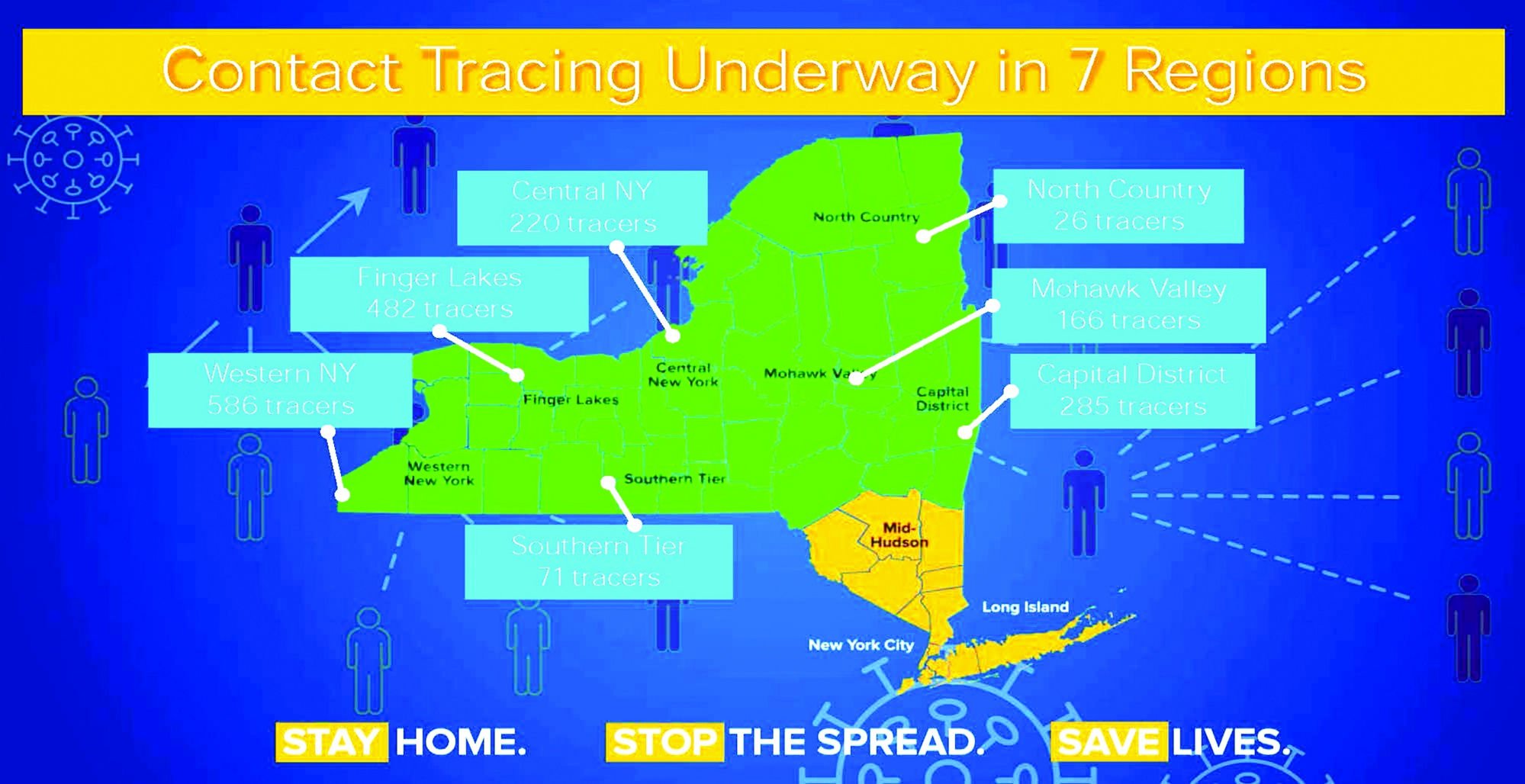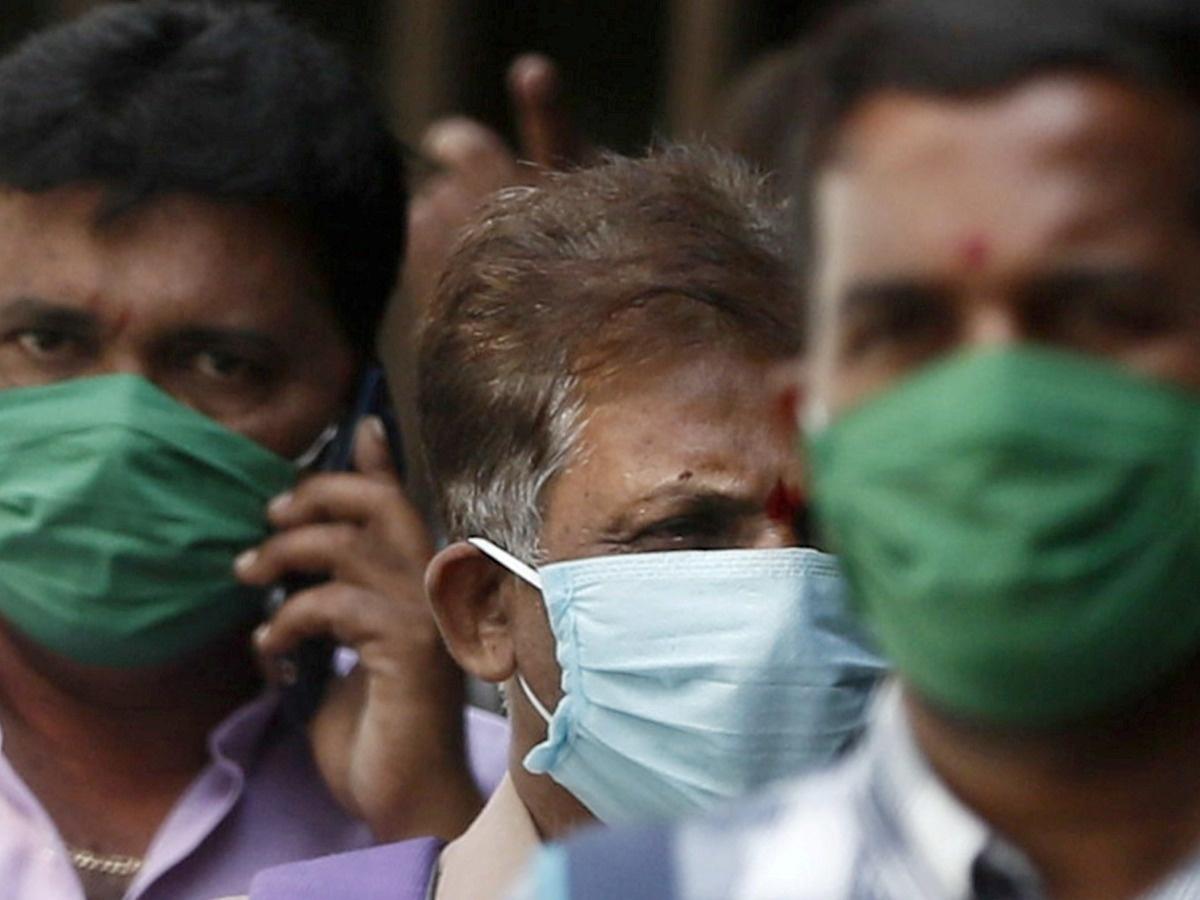
In Nigeria, a country where monkeypox outbreaks are more commonplace, their Monkeypox Public Health Response Guidelines have always had “airborne precautions” in place. A recent preprint article studying this year’s monkeypox outbreak in the United Kingdom showed that “three of four air samples collected” during the study tested positive for monkeypox, indicating that the disease is airborne. Historically, airborne transmission has long been recognized as one of the key ways that monkeypox can jump from person to person, and the science of the virus has not changed overnight during the current unprecedented outbreak. Significantly, in Africa, where monkeypox is endemic in a number of countries and at least 350 cases have been detected this year, 60 percent of all cases are among men and 40 percent have occurred among women. In reality, testing has been largely confined to this demographic with nearly every non-endemic country refusing to conduct widespread testing to trace the extent of the disease among the entire population. The World Health Organization (WHO) and virtually every public health agency of the major capitalist governments have promoted the fact that 98 percent of confirmed cases so far have been among men sexually active with other men. The conception that monkeypox is primarily transmitted sexually has been massively promoted since the monkeypox pandemic began in early May. To reinforce its assertions, the CDC also writes that, “In the current monkeypox outbreak, the virus is spreading primarily through close personal contact,” including sex. “Respiratory secretions,” a term which is not defined or explained, is listed as a secondary mode of transmission at best. In contrast, the most recent CDC guidance claims that “direct contact” is the primary mode of transmission.
CDC CORONAVIRUS AIRBORNE TRANSMISSION SKIN
The Yellow Book, published every two years and most recently in 2020, states, “monkeypox spread from person to person is principally respiratory contact with infectious skin lesions or scabs is another, albeit less common, means of person-to-person spread.” The updated recommendations were first published on Friday and noted that “there is growing evidence that droplets and airborne particles can remain suspended in the air and be breathed in by others, and travel distances beyond 6 feet (for example, during choir practice, in restaurants, or in fitness classes).” The agency also cautioned in its now-removed guidance that “indoor environments without good ventilation increase this risk” and recommended using air purifiers indoors.Parish compared the CDC Yellow Book, which is published to provide health and disease information for those traveling internationally, to the agency’s current Monkeypox FAQ, which present conflicting guidelines.
CDC CORONAVIRUS AIRBORNE TRANSMISSION UPDATE
Once this process has been completed, the update language will be posted.”


“CDC is currently updating its recommendations regarding airborne transmission of SARS-CoV-2 (the virus that causes COVID-19). “A draft version of proposed changes to these recommendations was posted in error to the agency’s official website,” the CDC said on its website.

The Centers for Disease Control and Prevention said on Monday that the agency had erroneously posted a draft version of changes to recommendations about the airborne transmission of SARS-CoV-2 and has since taken down guidance that said the virus could travel further than six feet.


 0 kommentar(er)
0 kommentar(er)
